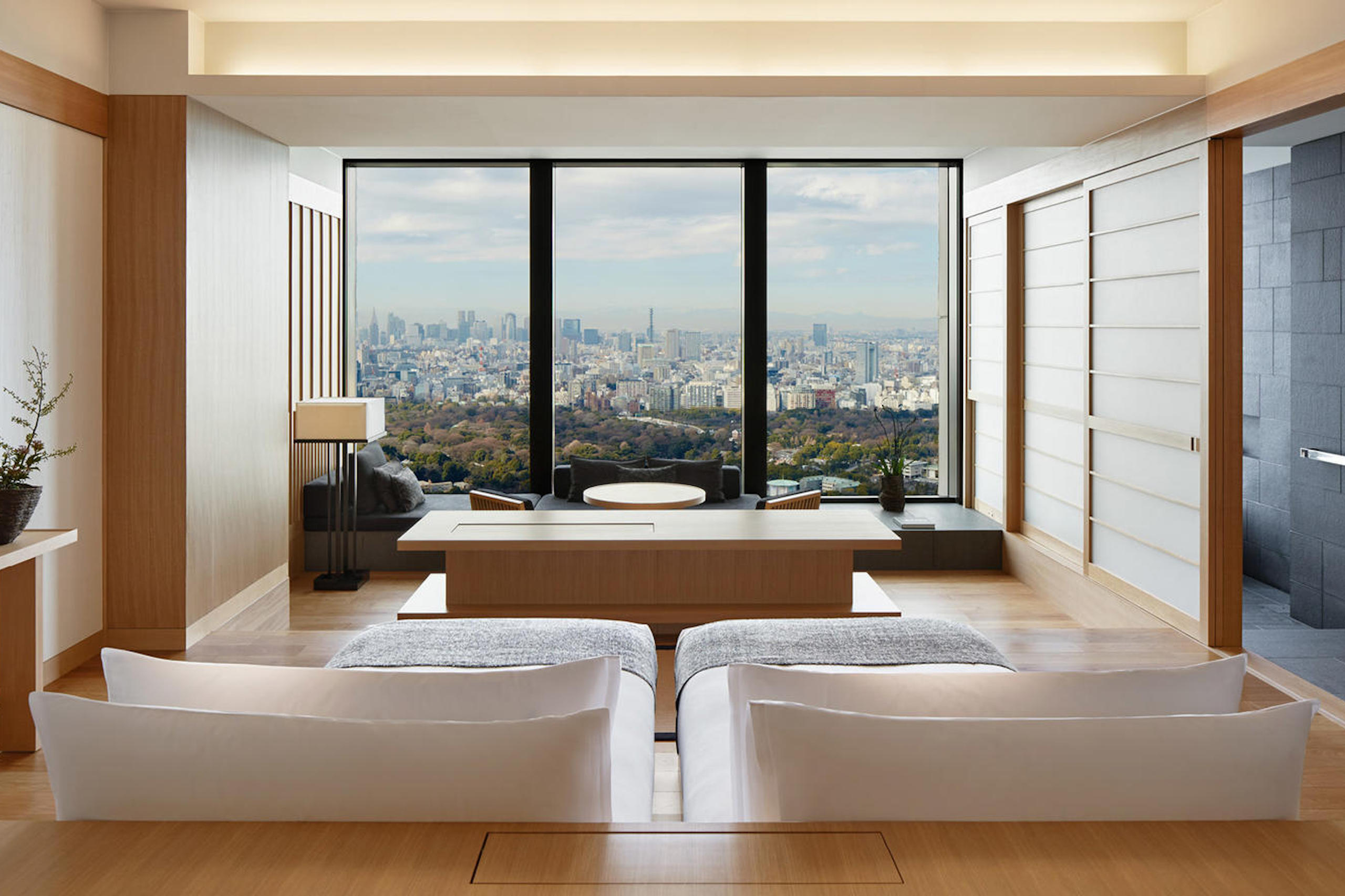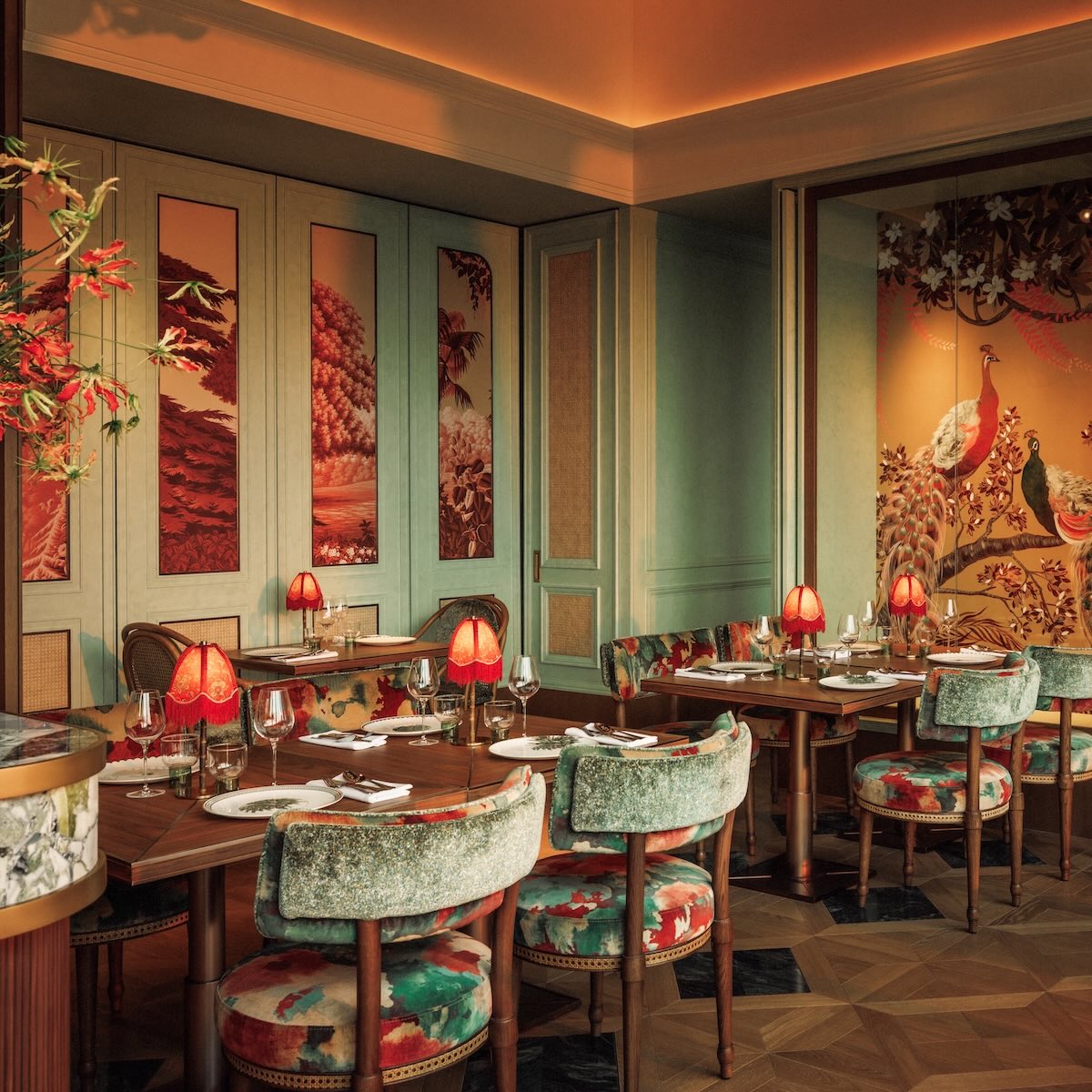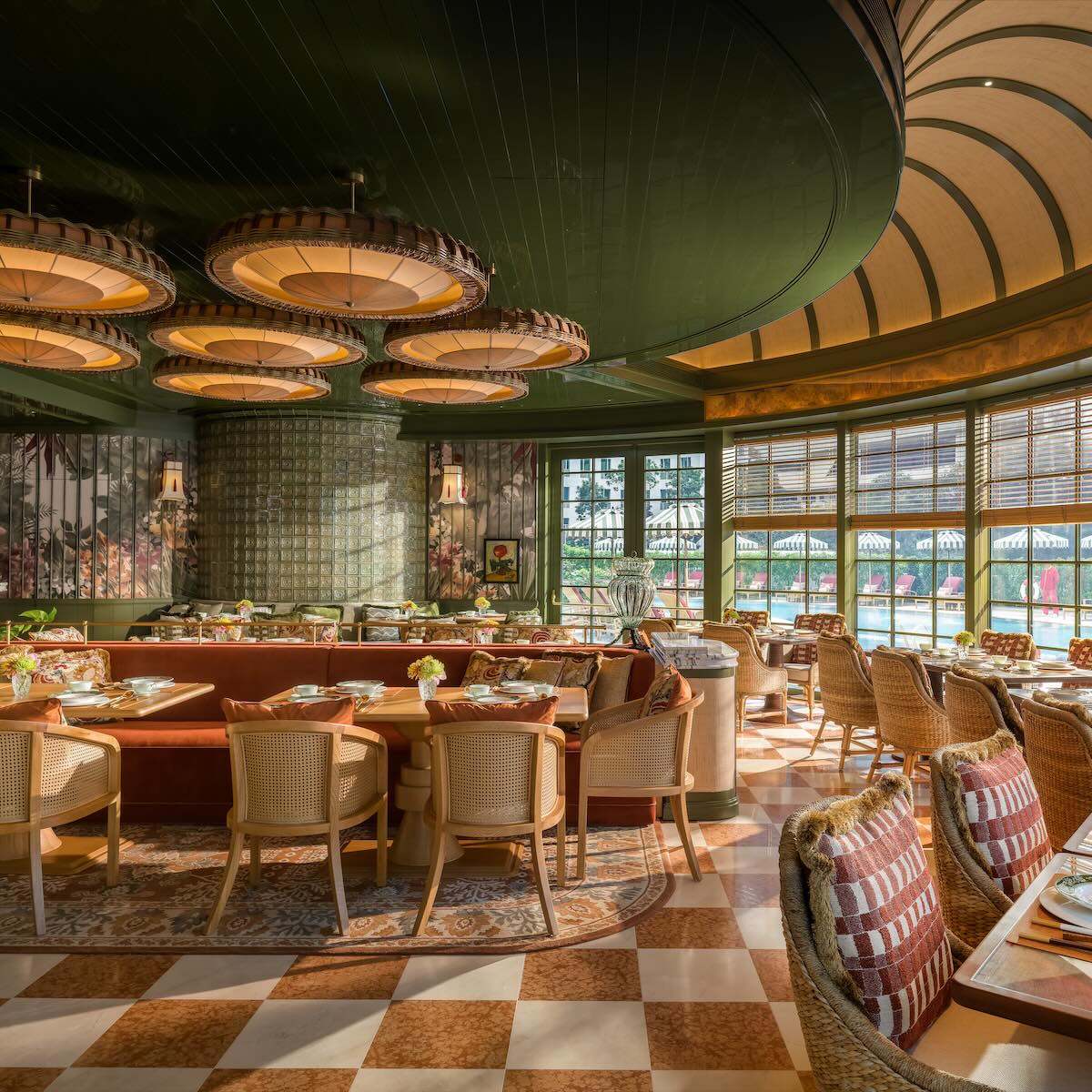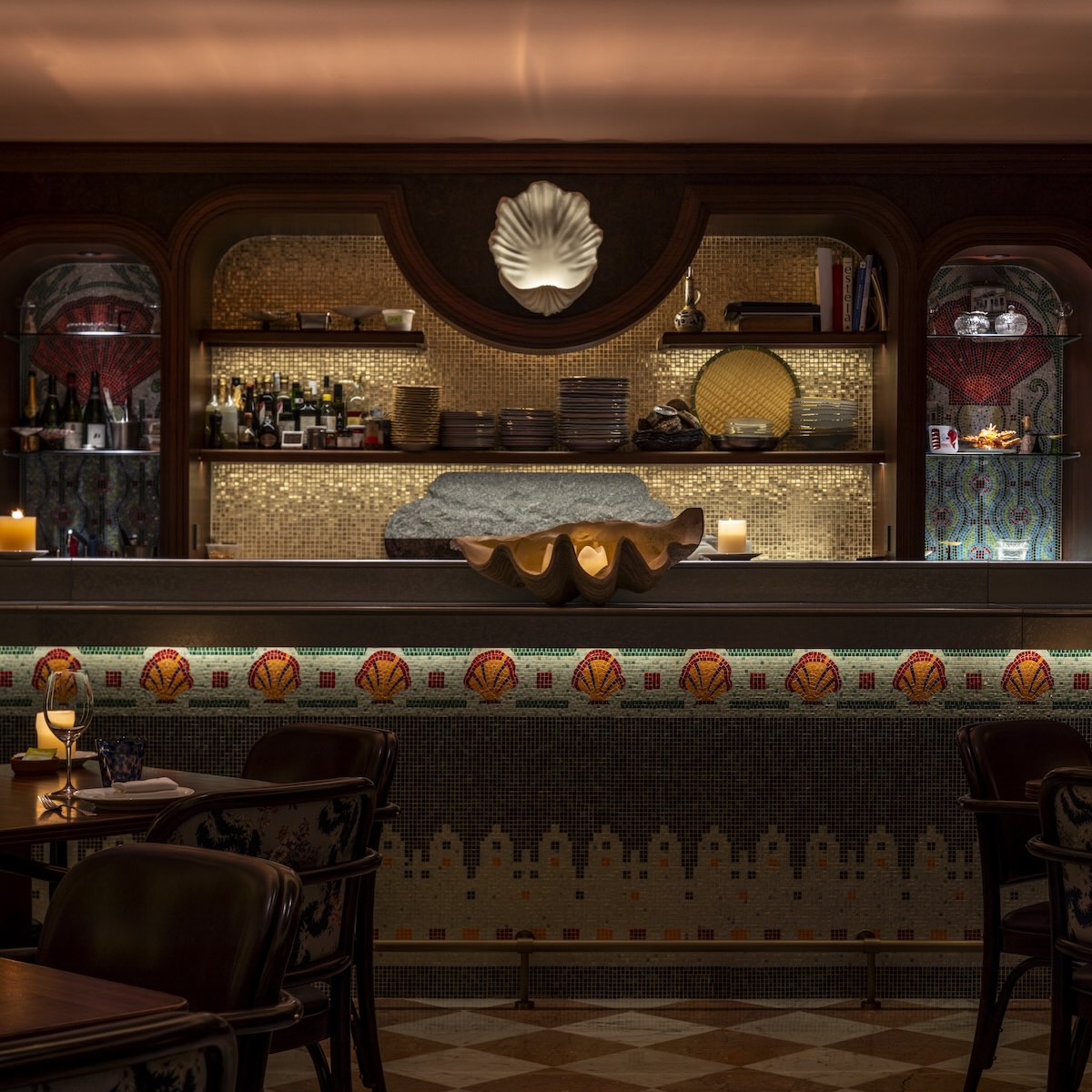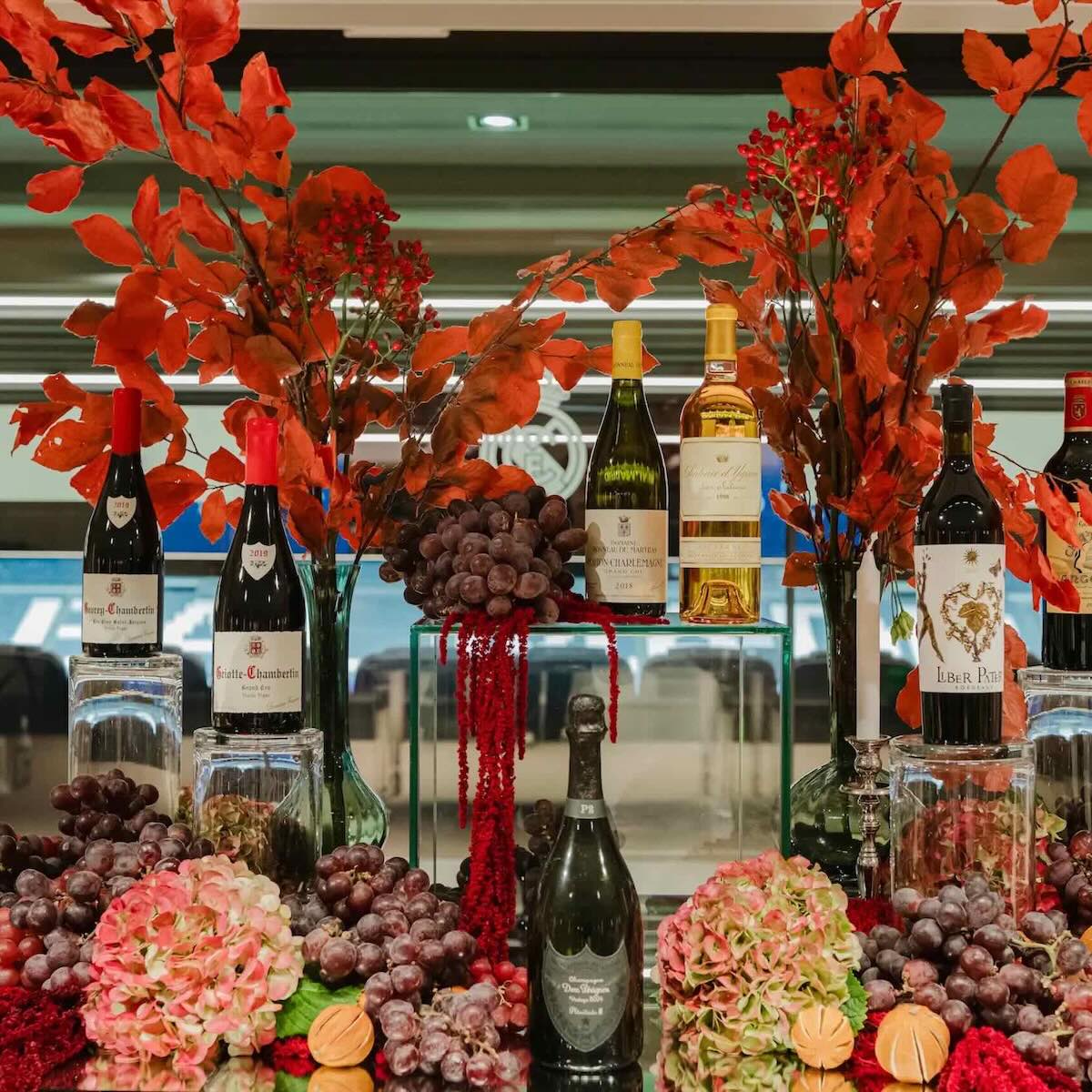December this year will be Aman Tokyo’s ninth birthday, but you can hardly tell its age just by appearance. It’s because the hotel exudes a rare kind of timeless elegance, skilfully matched with classic Japanese simplicity.
Approaching the group’s first “urban retreat” took ingenuity and careful consideration of the environment, but Aman has a knack for melding its minimal style with local influences in a respectful integration. Kerry Hill, the late architect of nine Aman resorts, was the one to give the project his signature touch and sensitivity, transforming the upper floors of the Kohn Pedersen Fox-designed business tower into a serene, washi-walled sanctuary in the skies.

At six storeys tall, the wood-and-paper-encased lobby creates a “ryokan in the clouds” feeling—you are instantly transported out of the steel-and-glass core of inner-city Tokyo. Dark basalt flooring and columns create a dramatic contrast to ground the light, floating ceiling. It is also a wonderful place to be seen; the cavernous atrium attracts a crowd for daily afternoon tea and cocktails, backed by sweeping views over the sprawling Imperial Palace. A sculpted zen rock garden and a seasonal plum blossom arrangement further set the scene; this is home, if home is a spectacular machiya house perched 33 floors off the ground.
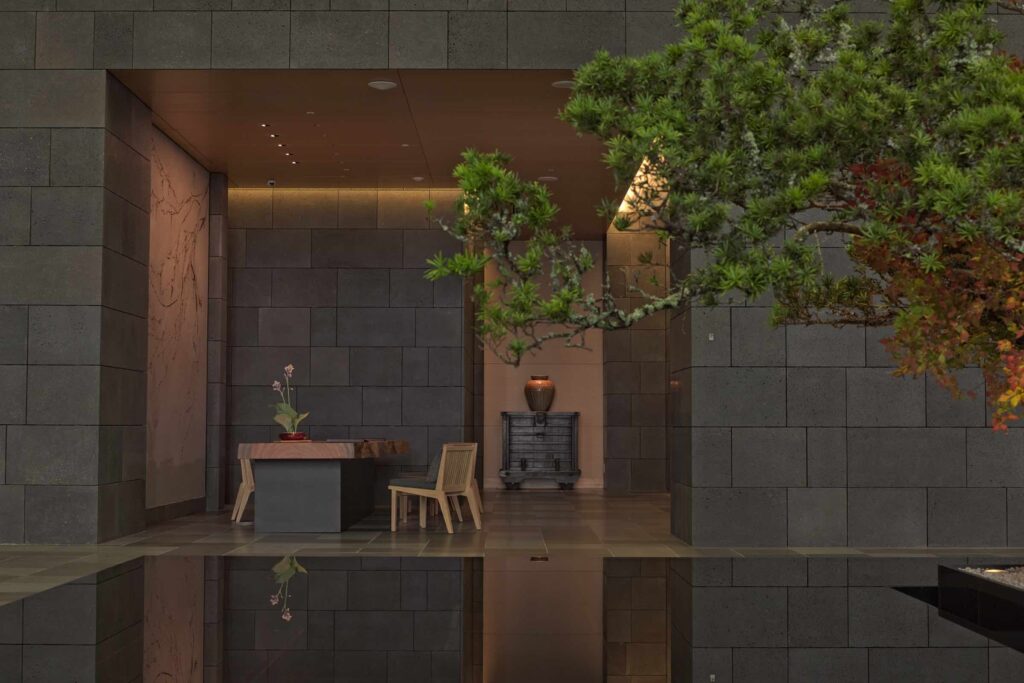
But how does the wellness, resort-style concept translate into an urban setting? Quite seamlessly, as it so happens. Sure, there’s no endless blue ocean or heavy-canopied forest awaiting you at the 84-key Aman Tokyo, but the hotel blends into the Japanese capital as naturally and harmoniously as its beachfront resorts or alpine ski lodges. It’s about as “city hotel” as the luxury hospitality group gets—well, ahead of sister concept Janu’s autumn debut in Tokyo, anyway.
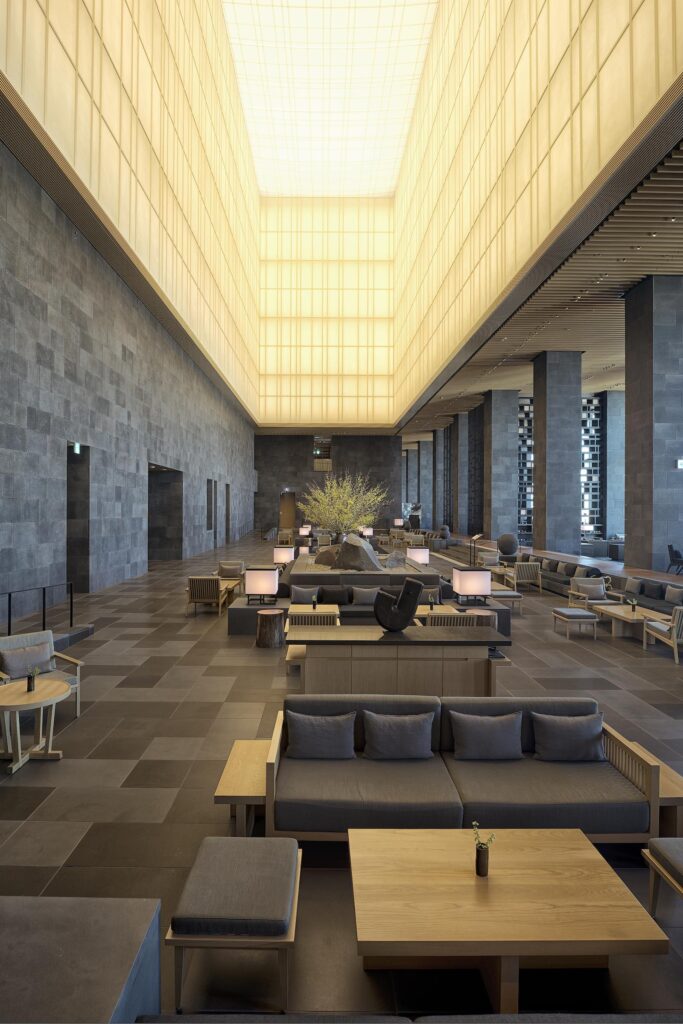
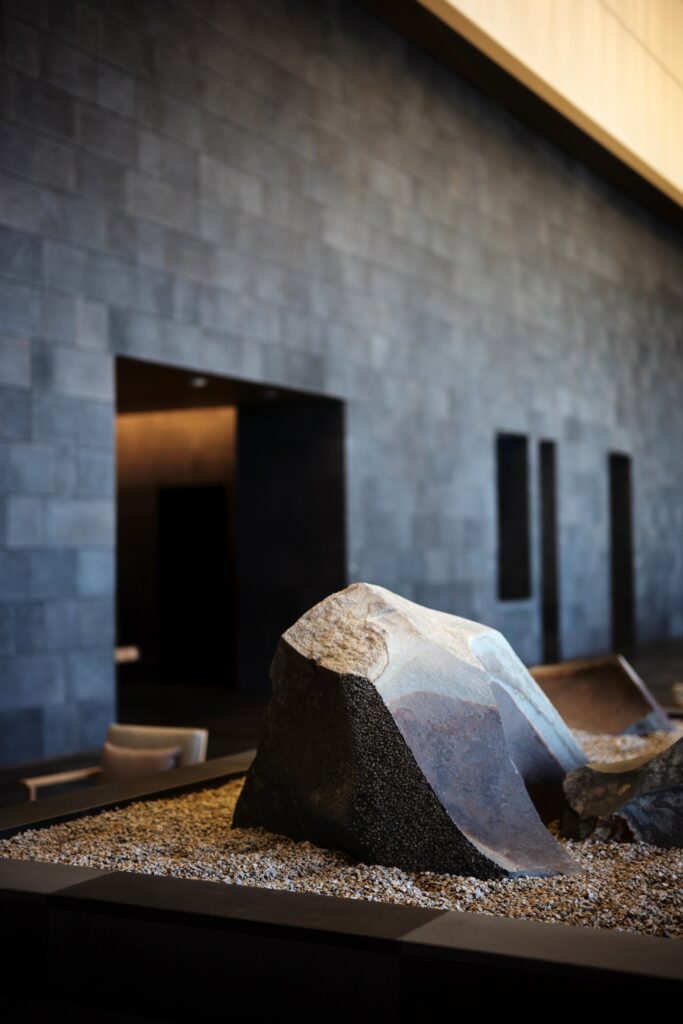
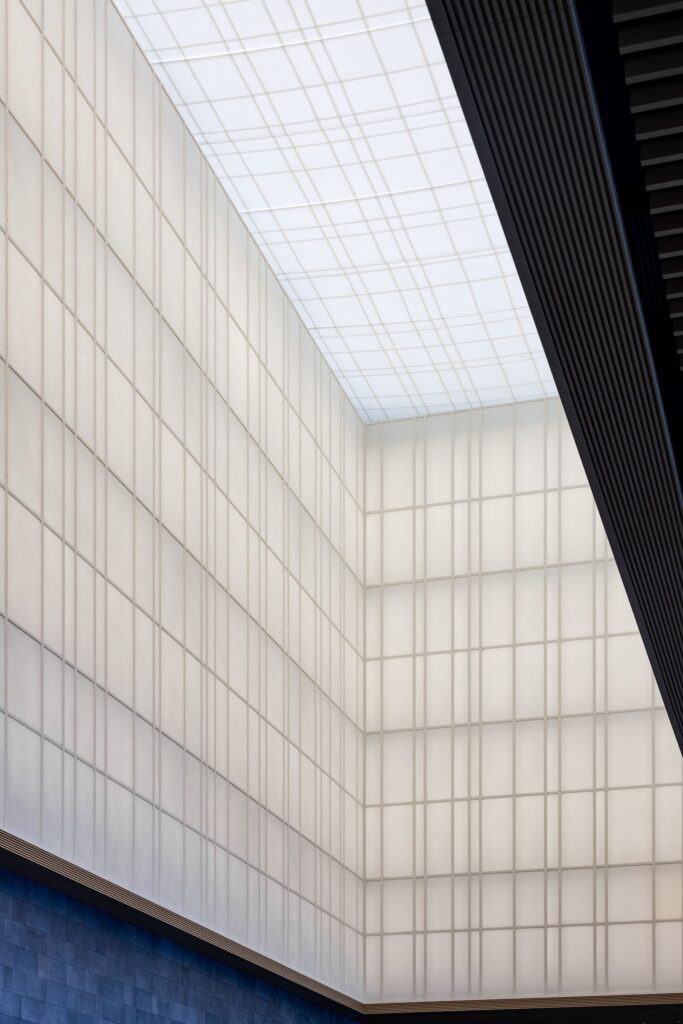

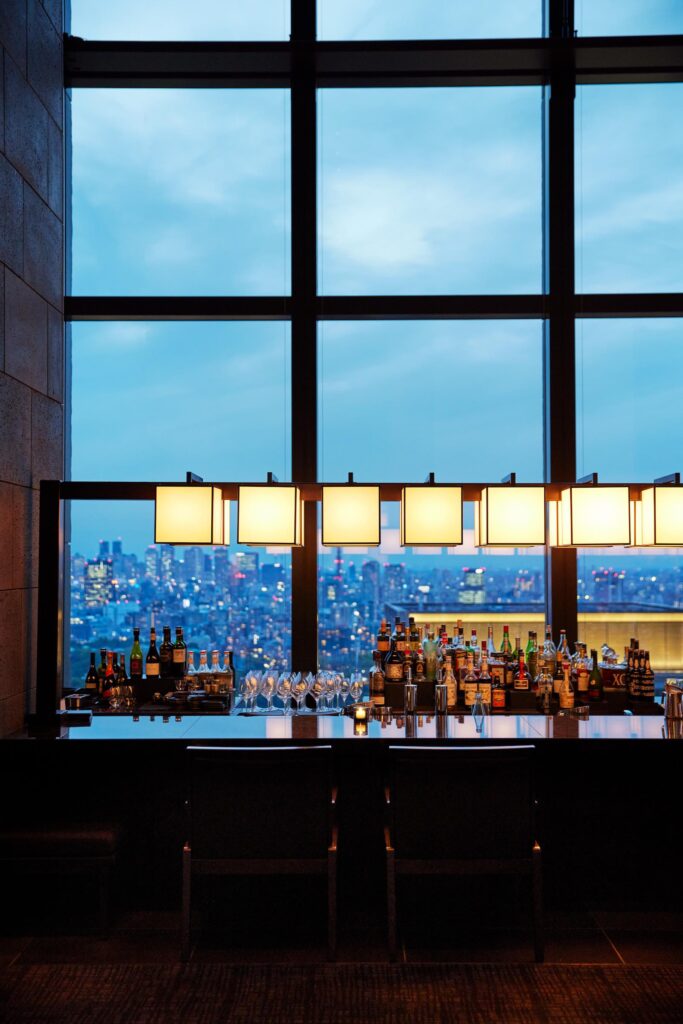
Aman did not choose its Tokyo location arbitrarily (although the proximity to Tokyo Station and the Imperial Palace complex certainly helps). Quite the opposite—the brand philosophy of Aman dictates that its properties must be set in a place that is rooted in greenery. So how do you fulfil that particular criterion in the middle of an urban jungle of towering skyscrapers?
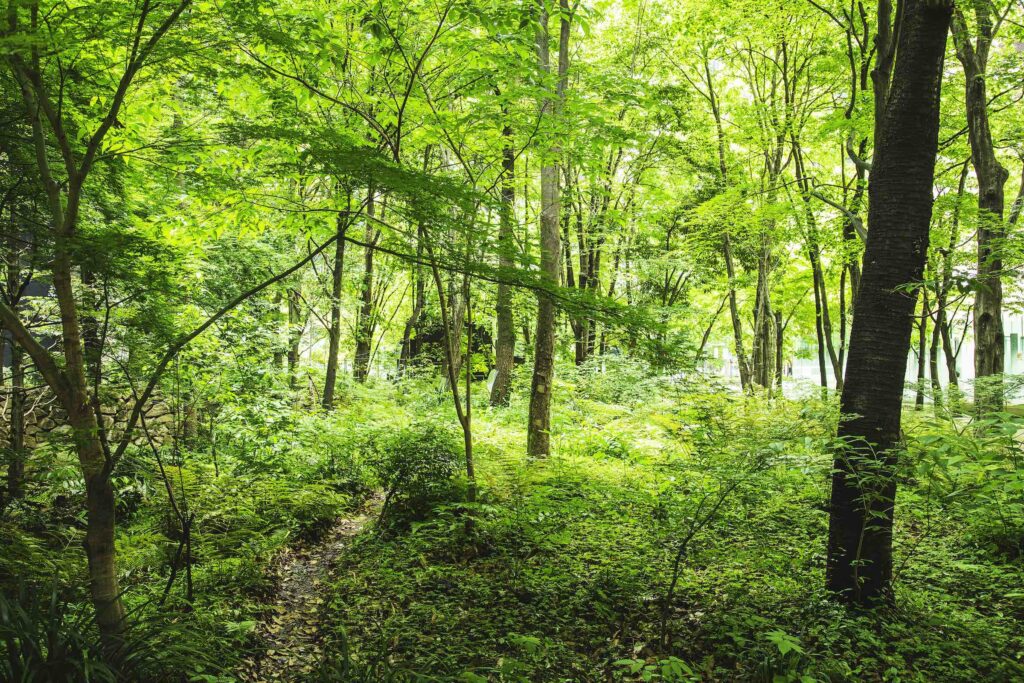
You look for exactly that—an urban jungle. Aman found it in Otemachi Tower and its ground-breaking forest restoration and protection project, which surrounds the business building. Don’t expect manicured lawns and trimmed trees here; the vegetation is natural and the landscape rugged, echoing the original growth and species that once inhabited the area before man-made construction took over. 56,000 evergreen and deciduous plants, individually selected and raised in Chiba Prefecture, now cover the 3,600-square-metre woodland. It’s all part of a larger initiative to introduce more urban forests to the city, with the goal to create natural, self-sustaining forests that require no ongoing maintenance.
“It took a lot of research from the Otemachi team to determine the historically accurate species belonging to this area and nurture them here,” says Yurie Suzuki, marketing and communications executive at Aman Tokyo as she leads me through the project. “But this nature aspect is important to the Aman brand—we need to be within nature,” hence the shrewd and practical compromise.

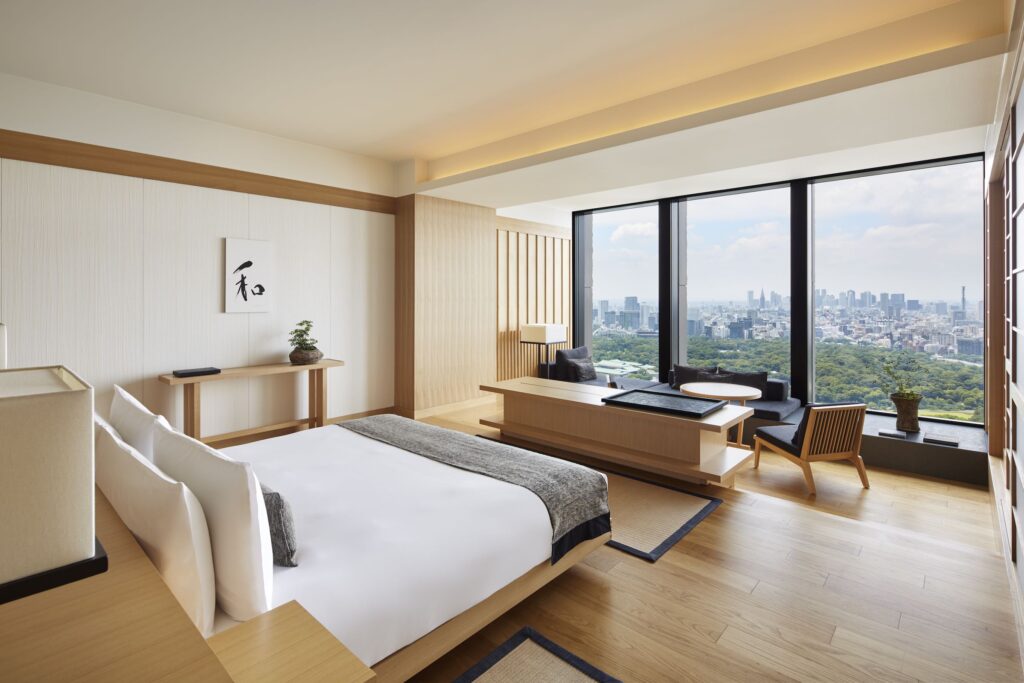

Respect for local culture and nature extends to the rooms, inspired by traditional Japanese homes; stone, paper, and wood are the three key materials that decide the interior make-up. A deliberately minimalist bedroom and living area, filled with light through a wall of windows, meets an inky, black-tiled bathroom; sliding shoji screens separate the two. In the three level of suites, all the way up to the signature Aman Suite, the spaces are even further divided, with larger rooms fulfilling various functions. Additional dining rooms, pantries, mini wine cellars, and personal bars provide the perfect amenities for entertaining.


Much to do in the rooms already before even checking out the facilities—enjoy a long soak in the basalt ofuro tub to cleanse the body and the mind and entertain yourself by counting the blinking lights of the city. Cosy up to the full-length windows on the wall-to-wall day bed—the level of privacy is unmatched.
Amenities in the hotel are similarly connected to the Aman ethos of nature first. Look closely—there is a surprising number of environmentally-conscious features in the room. It’s all paper bottles, artisan-crafted and kettle-boiled olive oil soaps, and toothbrushes made from recycled rice only.
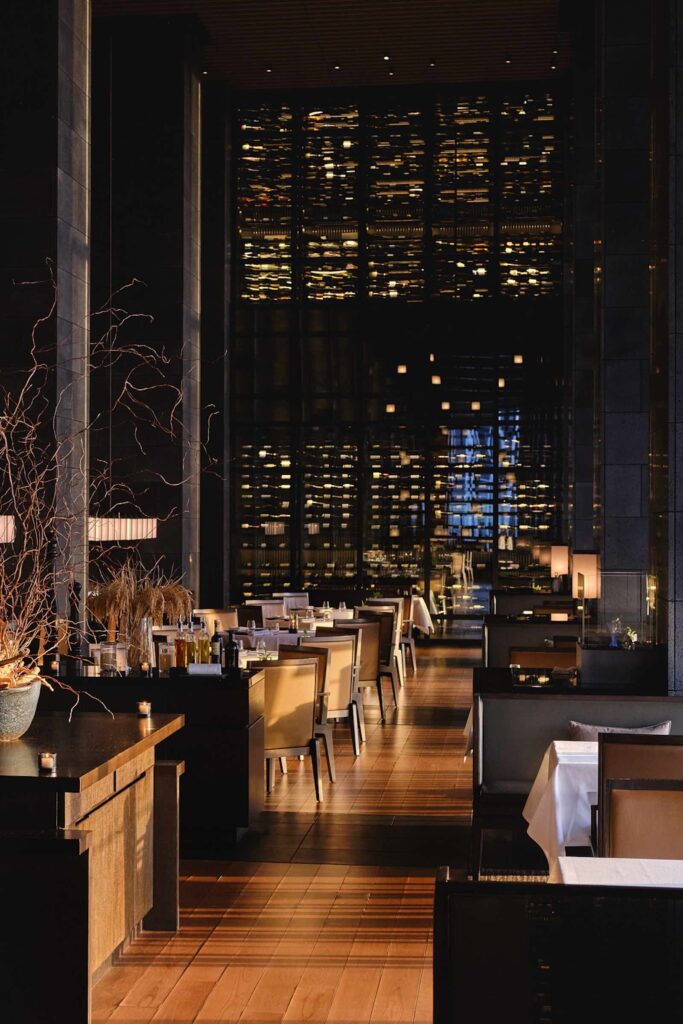
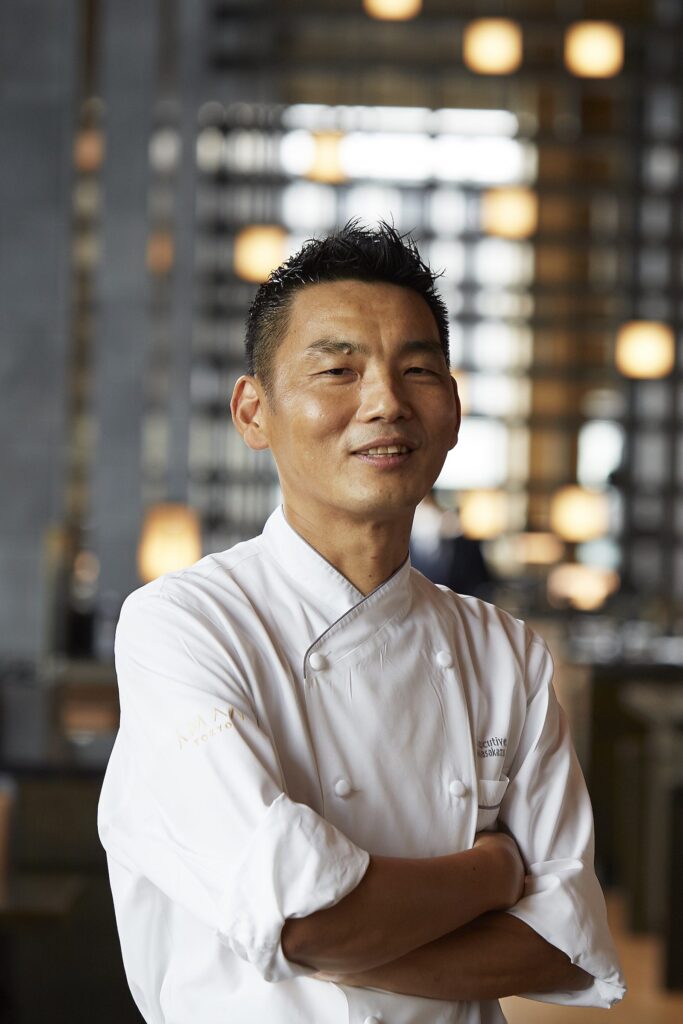
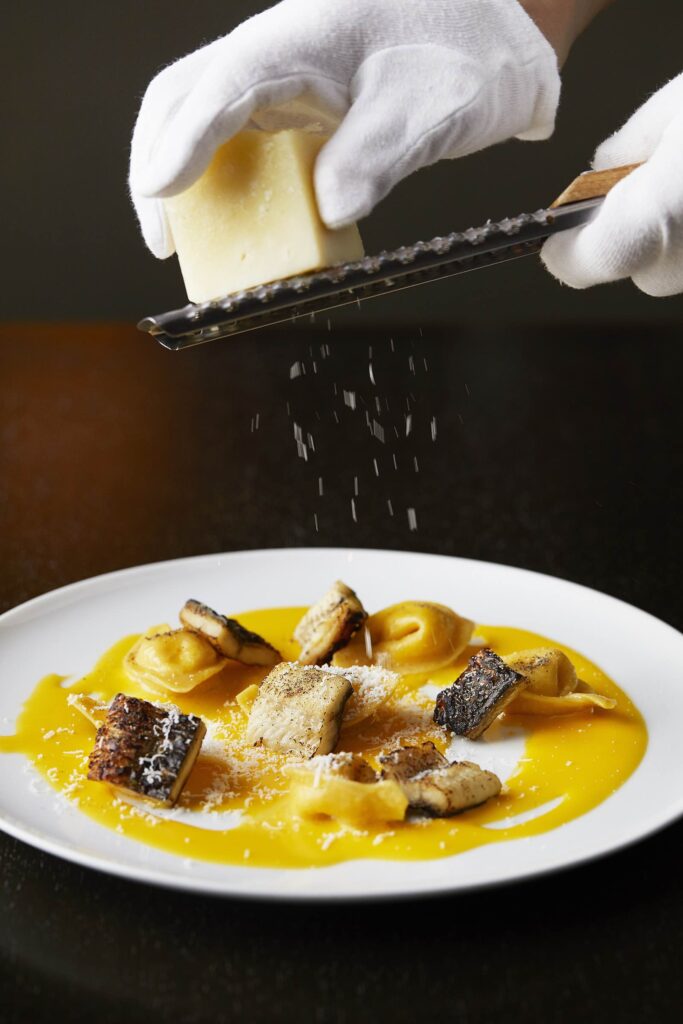
Dine at Arva for a polished Japanese take on Italian gastronomy. Chef Masakazu Hiraki brings 17 years of apprenticing in restaurants in Venice to this concept, and the superior quality of local produce elevates his dishes with a graceful touch. Breakfast, lunch, and dinner is served. Ask for the house-made tomato focaccia—it’s the real deal. Graze through smoked Ibaraki Kasumi duck breast, hand-selected by Hiraki-san on his farm visits, and steamed kinmedai with Ishikawa lotusroot gnocchi on the seasonal menu, where one gastronomic surprise follows another, all just as delicious as the one before.
Arva’s main course on the winter menu, a perfectly tender Yezo venison steak from Hokkaido, dressed in a rich sweet sauce with Shizuoka organic vegetables, remains a firm favourite in my books. Aman’s house sake and a 2,000-bottle-strong collection of global and local wines complement the food.

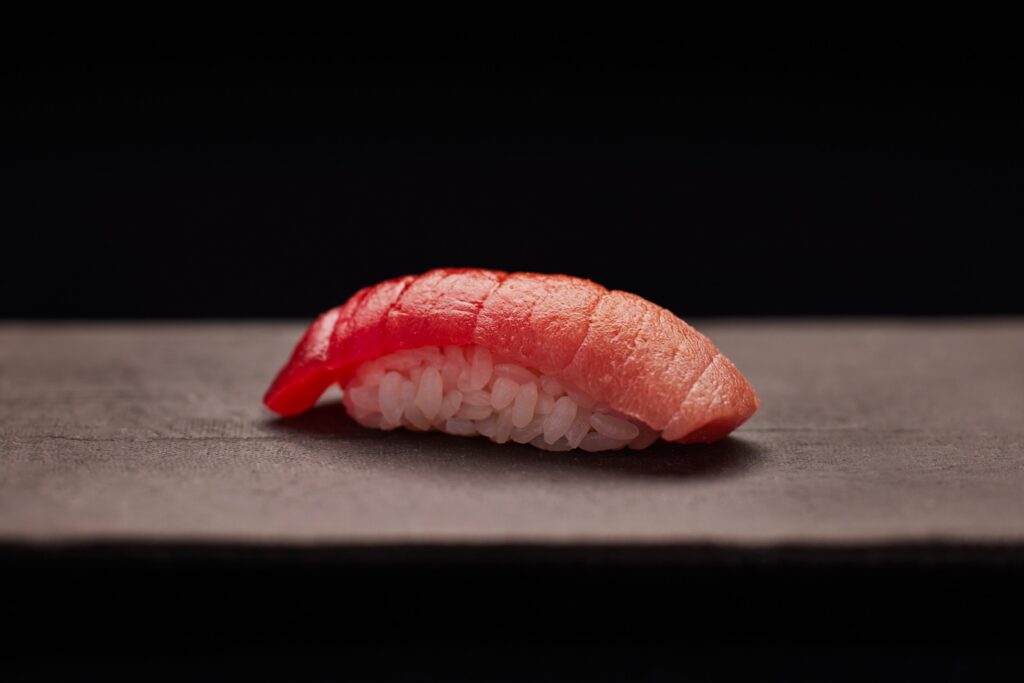

Another culinary draw is chef Hiroyuki Musashi and his eponymous omakase experience. At his hinoki cypress counter, the stoic master accepts just eight guests per night. Musashi-san is a modern-day Renaissance man in every sense of the word; not only does he deftly prepare the courses that make up the changing menu, but he also grows his own rice for sushi, brews sake with that very rice, cultivates wasabi, fishes for seafood, and even crafts the dishware and pottery for the restaurant himself. Ingredients are sourced from local producers, as expected, for the otsumami appetisers, nigiri sushi, and the rest.
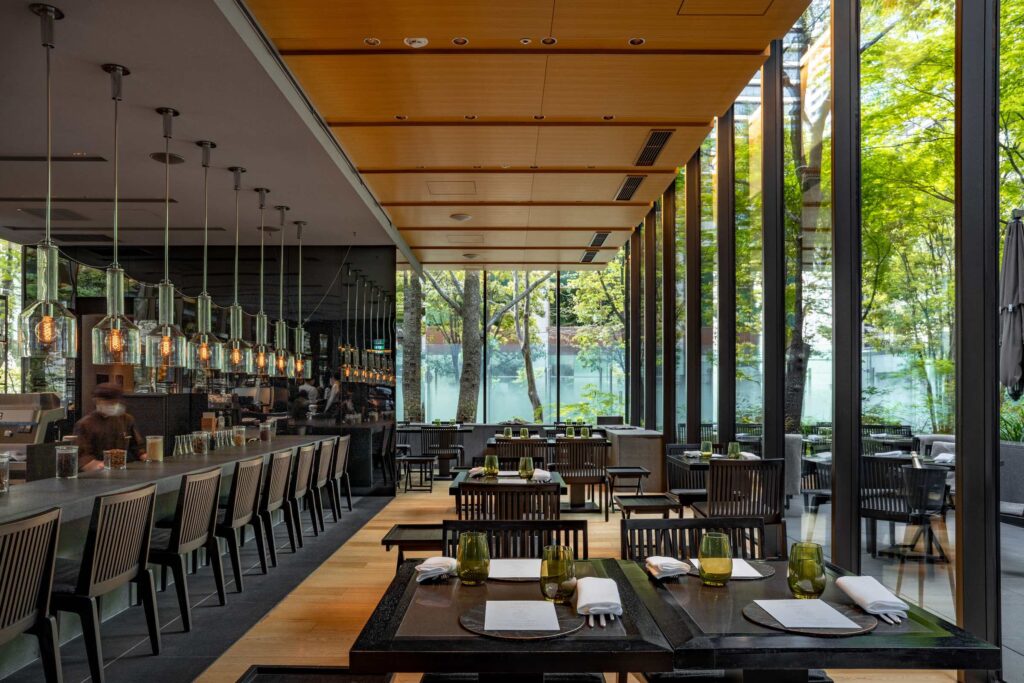
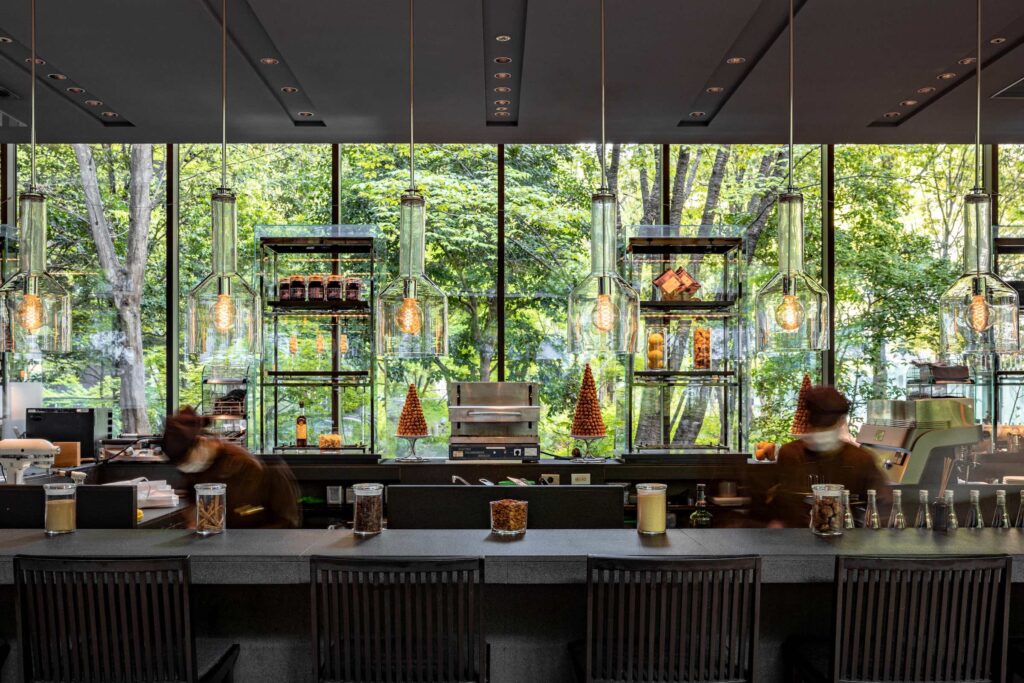
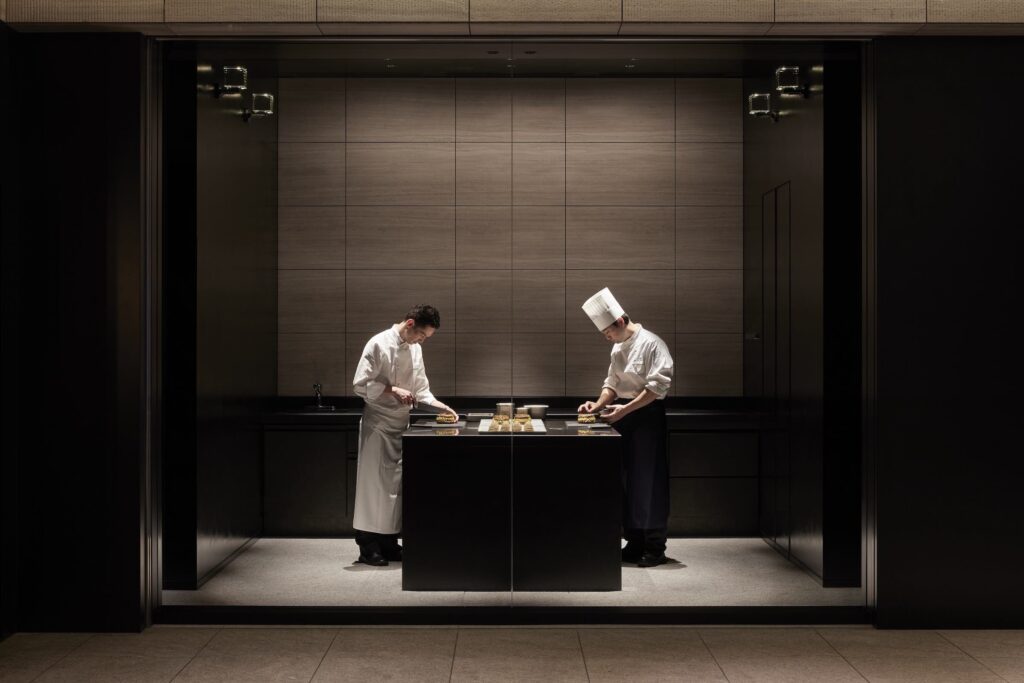
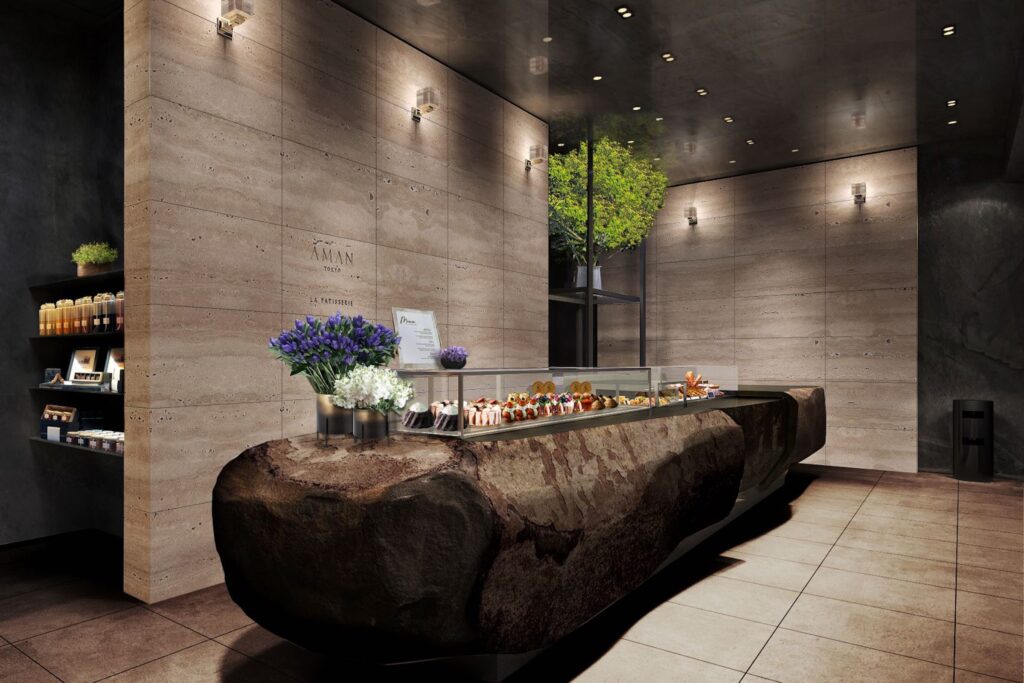
Down on the ground, in the shade of the Otemachi Forest, is Café by Aman, a popular spot for lunch and afternoon bites. Below that, in Otemachi Tower, La Pâtisserie by Aman Tokyo is executive pastry chef Yoshihisa Miyagawa’s new baby, offering the best of French pastries, elaborate whole cakes, homemade breads, artisan jams, and gift items to go. Peek into the floor-to-ceiling glass-enclosed kitchen to see what the chefs are cooking up today.


After a turn in the fitness centre and a sunset dip in the 30-metre indoor pool, wonderfully deserted save for a duo snapping their fill for social media, the Aman Spa awaits. Aman Tokyo’s signature scent, kuromoji (Japanese camphor), lingers in the air. It is here that the hospitality brand shines through in its ever-important wellness promise, carving out an urban retreat high above city centre.
As with the design of the hotel, the well-being therapies at the Aman Spa in Tokyo are informed by Japanese traditions, such as the ancient kampo herbal healing form to support rebalancing and the Misogi experience, a Shinto ritual that uses water for purification; guests are encouraged to spend time in the steam rooms and hot baths before their treatment. Likewise, the full body scrub of the signature spa journey uses camphor, kuromoji, and Japanese clay to expel toxins, improve the lymphatic system, and support overall circulation. Repeat visits are the best way to experience the seasonal journeys, inspired by the available natural ingredients and symbolism of the time of year.
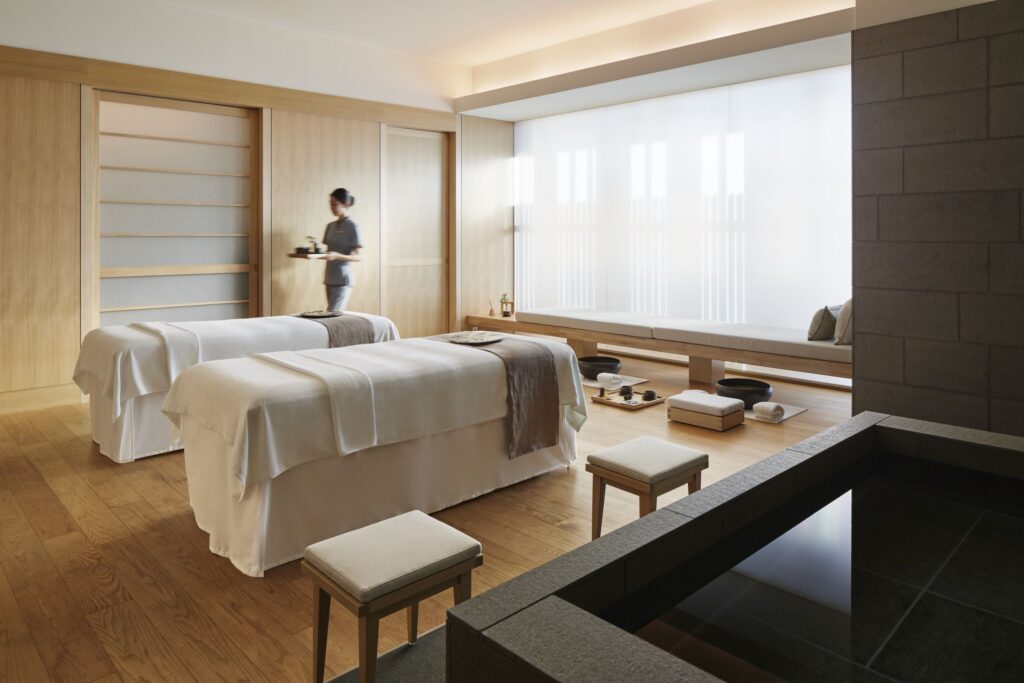
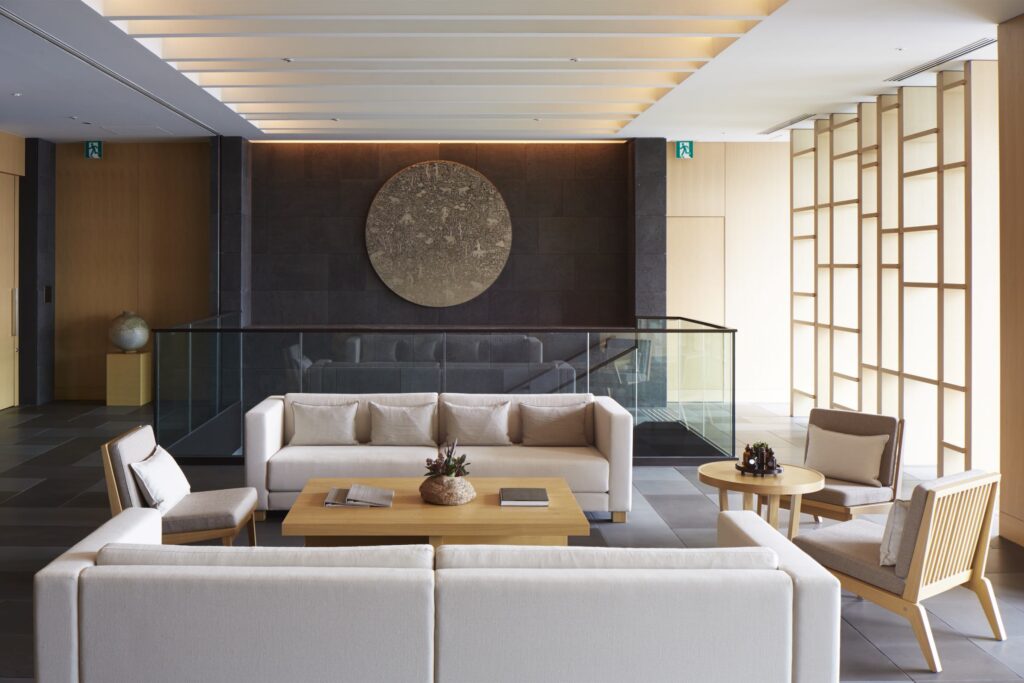

Hikari Kawauchi, one of the spa’s wellness specialists, greets me warmly and engages me in conversation; her goal is to identity what treatment would best benefit me. She uses the knowledge she gleans to curate a personalised spa journey that’s tailor-made for the guest—no two are the same.
We decide on a facial and body combination that targets muscle soreness and fatigue to alleviate the stress of long-haul air travel. It’s also the perfect time to sample the new Aman Essential skincare line, alongside other products.
A spa experience at Aman is so much more than just working out the knots or soothing blemishes. It is a holistic engagement of mind, body, and spirit, starting with kuromoji-scented breathing exercises during the foot spa all the way to guided meditation and assisted stretching through the massage. 90 minutes melt away in an instance. You forget where you are, sky-high in the middle of a metropolis. A tray of parting comfort awaits you at the end of the treatment. Ginger yuzu ice cream and an apple and yuzu amazake is served over unending views of the city. You continue your prescribed rest and relaxation in your king-size bed, overlooking the Imperial Palace. Mount Fuji winks in the distance.
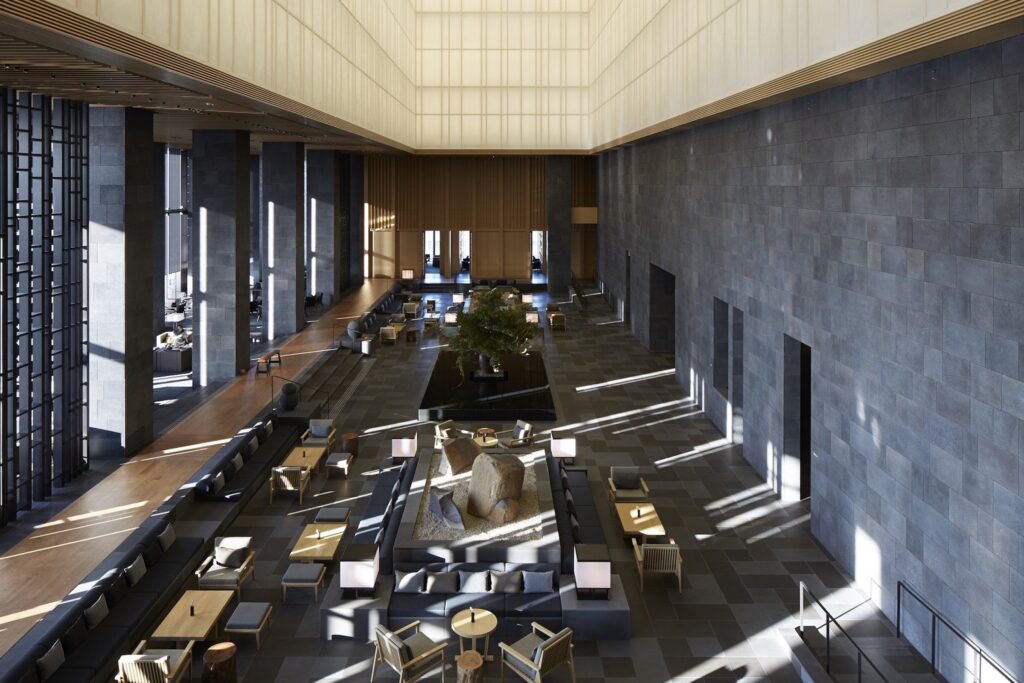

A hundred thousand thoughts of delaying departure cross the mind when check-out draws near. “Aman is not just a place to stay—it is a lifestyle,” says Suzuki-san with a knowing smile. Well, this is unquestionably the kind of lifestyle you could get used to. Excellent service is already a matter of fact in Japan. Combine that with Aman’s next-level attention to detail, and you can expect a never-ending stream of sublime hospitality and attention, no matter where you go. The result is that you’ll (pleasantly) suffer from main character syndrome during your stay.
Yes, it’s true, the world does revolve around you.
All images courtesy of Aman Tokyo.





